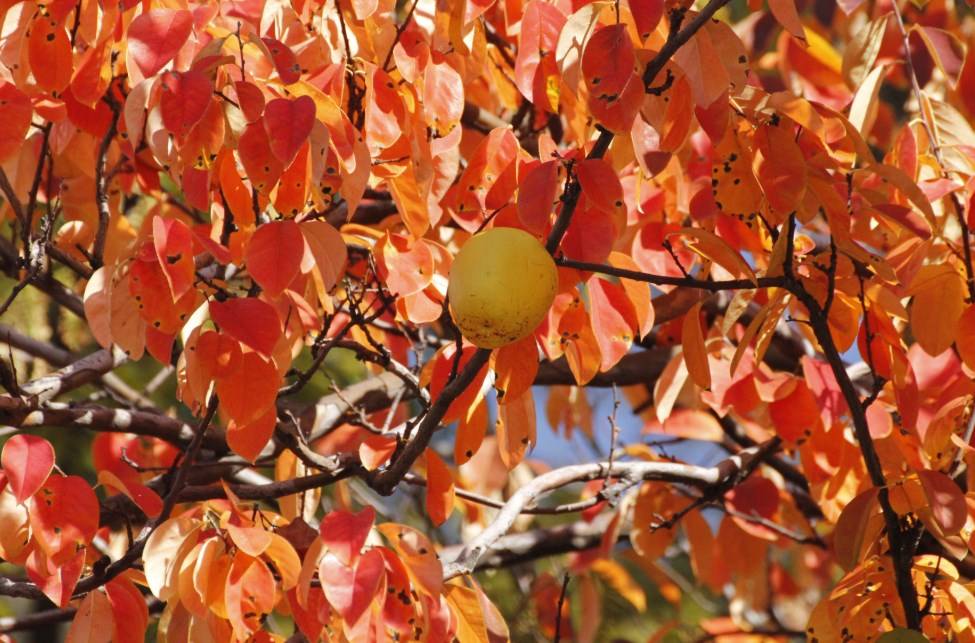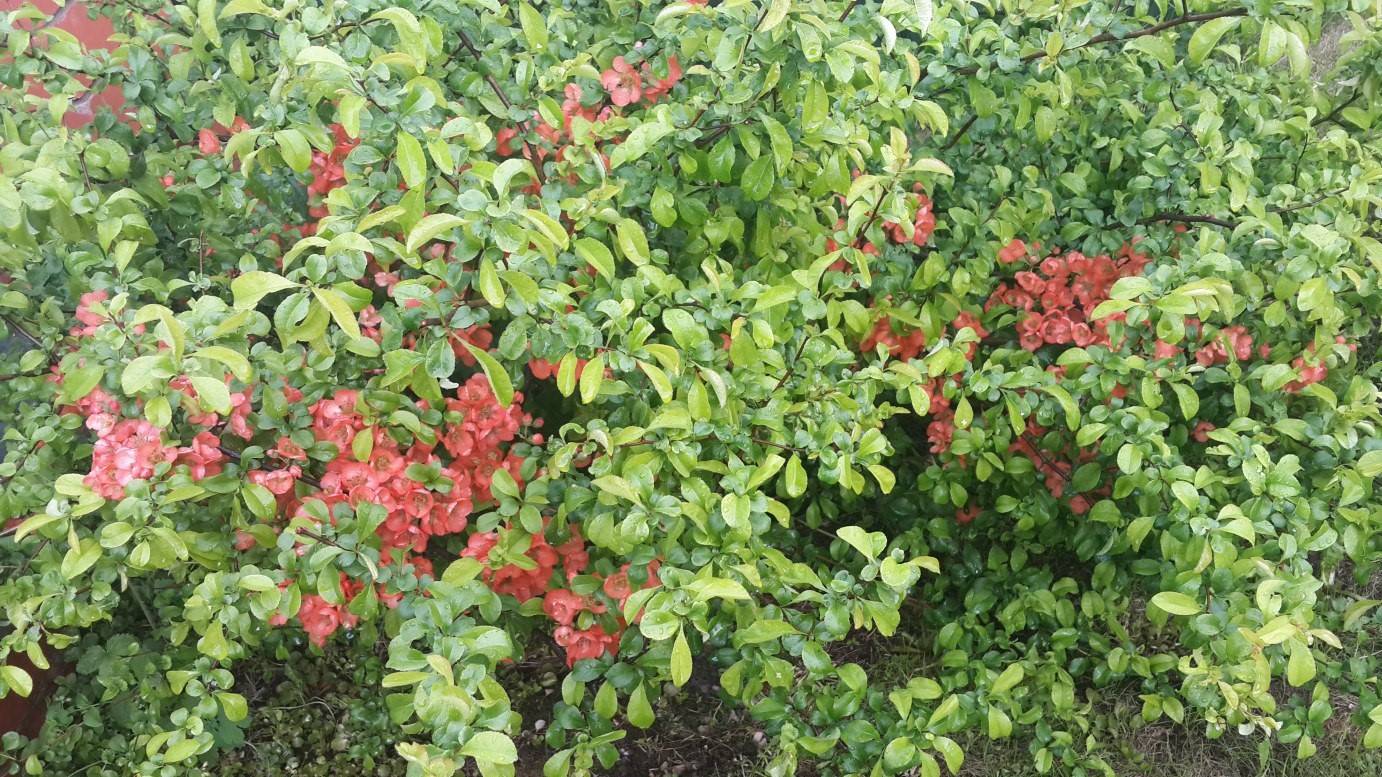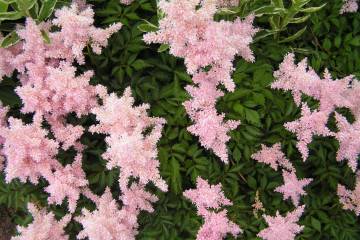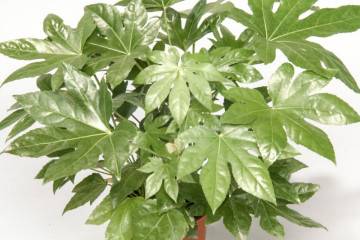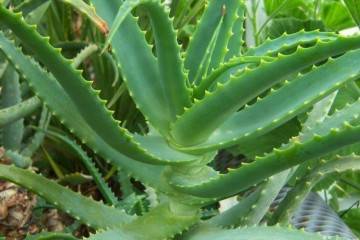Japanese quince shrub - description of the plant and fruits
Content:
Shrub quince, or chaenomeles, is a fertile flowering plant that belongs to the Pink family. In the wild, it grows in an area with a mild climate, under favorable conditions, already in the middle of spring it pleases those around it with lush and colorful flowering, and in the fall - with tasty, nutritious and, most importantly, healthy fruits. The following describes what a Japanese quince looks like, planting and leaving the shrub.
Japanese quince shrub: plant and fruit description
Japanese quince has the shape of a shrub, which not only performs decorative functions, but also bears fruit. Every year, fruits are formed on the branches that visually resemble an apple or a traditional quince, only the sizes of the fruits are smaller. Their diameter, as a rule, does not exceed 4 cm. Because of this characteristic feature, the culture received another common name - the false apple.
Japan, China and Korea are considered to be the homeland of the shrub. Quince with excellent decorative properties is often grown in rock gardens. Its root system is powerful and well-developed, which allows you to create a hedge and live on slopes in places where the relief drops.
The structure of the fruits of the plant is dense, they taste sour and have a fragrant rich aroma. Many gardeners mistakenly compare the Japanese shrub to the common quince. The only thing that unites both fruit-bearing crops is that they belong to the Pink family, but their genus is different and, therefore, the purpose is also different.
The main characteristic features of the shrub:
- there are a considerable number of varieties, they can be evergreen or deciduous;
- all shrubs and trees have leaves with a glossy teardrop or oval surface;
- shoots are characterized by an arched shape;
- the height ranges from 1-3 m.
Today, there are a large number of hybrid forms, on the shoots of which thorns no more than 2 cm long are formed.
The flower can reach 3-4 cm in diameter. It can be either single or grouped in a brush up to 6 pcs. The flower consists of a large number of petals. The surface of the petals is regular or densely doubled.
Types and varieties of Japanese quince
Several varieties of Japanese quince grow in the wild, and a large number of hybrids have been bred on their basis. All plants differ from each other in size and shape of fruits, flowers and leaves, taste.
After answering the question, quince is a tree or shrub, and having familiarized yourself with the main features, you can choose varieties from the most common options.
Quince katayanskaya
The Katayansky garden bush is a large plant, the height of which ranges from 2-3 m.In spring, the color of the leaves has a pronounced purple hue, with the onset of summer they turn green, the surface becomes glossy. In May, under favorable growing conditions, a large number of colorful inflorescences are formed on the shoots, thinning the pleasant aroma.
Garnet bracelet
It is a shrub characterized by dense foliage. Its height does not exceed 1 m. A large number of thorns are formed on the shoots. Thanks to the developed root system and excellent decorative qualities, a hedge can be formed from the culture.
During flowering, large inflorescences are formed, they can reach 5 cm in diameter, they are grouped in brushes of 2-6 pcs. The color of the petals is scarlet-red or scarlet.
Quince decorative
An ornamental hybrid variety is a deciduous shrub. Young shoots have a rich green color; over time, a pronounced brown tint begins to prevail. The color of the petals can be different: from pink to red-orange. In diameter, the size of the flower reaches 3.5 cm.
Transplanting Japanese quince after purchase in open ground
When transplanting a plant after purchase, it is important to take into account that quince is a light-loving culture, so you need to immediately choose a suitable place and organize proper care.
It is recommended to prepare the site for planting in advance in the fall. The soil must necessarily contain potassium-phosphorus fertilizers (at the rate of 35-40 g for each 1 m²), deciduous soil, manure and peat compost, sand.
It is recommended to plant two-year-old cuttings with a developed closed-type root system immediately in open ground. Broken, diseased or weak fragments must be removed.
In group plantings, the interval between cuttings must be maintained at 1-1.5 m.If in the future it is planned to arrange a hedge, the distance between the plantings should be left 50 cm.
Reproduction of Japanese quince
There are several ways to propagate a fruiting crop. Each is worth familiarizing yourself with in more detail.
Seeds
This method is the most laborious of all possible, but as a result the plant grows stronger and healthier. First, you need to select high-quality seeds and place them in a weak solution of potassium permanganate (manganese) for several hours for disinfection.
The next step is to plant the seeds in pre-prepared soil. The most suitable time is late February - early March. As a rule, it takes at least 6 weeks for germination, after which time the seedlings are dived and planted in separate containers.
In May or June, when the probability of frost has long passed and the open ground has warmed up, the plants can be transplanted into the open ground. In winter, still immature seedlings need to be covered.
The main disadvantage of this method of reproduction is that the plant does not retain varietal characteristics. Most often they are used for rootstocks.
Cuttings
In the first half of June, it is preferable in the early morning with a sharp and clean pruning shears to cut strong and strong side shoots. Cuttings are later cut from them, each must wash 1-2 internodes.
Before planting in open ground, the planting material is placed for a day in a solution of indolylbutyric acid (0.001%).
It is recommended to plant cuttings in greenhouses. The soil should contain sand, peat. The optimum temperature regime is 20-25 ° C, the humidity level is 90%. Usually 40 days are enough for rooting.In autumn, a young plant can already be transplanted into open ground.
Dividing the bush
This method is the easiest to implement, but quite effective. Each spring, up to six offspring can be separated from one healthy bush. The shoot thickness should be at least 0.5 cm, and the length 10-15 cm with a developed root system.
Chinese quince care
The shrub has no specific requirements for growing, the plant belongs to unpretentious crops.
- Illumination. Quince is thermophilic, so the site should be well lit. In conditions of partial shade and shade, it develops slowly, blooms poorly and, therefore, bears fruit. The best soil is sandy loam, loamy or sod-podzolic with a high humus content. Acidity in the range of 6-6.5 pH.
- Japanese quince is a drought-resistant plant, so watering is necessary only in case of prolonged absence of precipitation. Regular, but moderate watering is needed only for young plants that are in the phase of active growth.
- Fertilization. In the first year after planting, the plants do not need to be fed, since mineral complexes can leave burns on the fragile root system. Next, you need to feed the culture twice during the growing season: in the spring before flowering with nitrogen-containing compounds, during the fruiting period with complex mineral compounds.
- All quince varieties have moderate frost resistance. Adults of the species without shelter are able to withstand temperature drops down to -30 ° C. Young plants or flowering plants, shortly before the onset of cold weather, are covered with spruce branches, fallen leaves, and a covering fiber (polyethylene cloth, agrofibre) is used on top of them.
To grow a healthy, stately and fruiting quince bush, you should definitely familiarize yourself with the features of care and cultivation. In order not to miss anything, gardeners are advised to draw up a schedule for all procedures. You can buy high-quality planting material in nurseries or from trusted agronomists.


